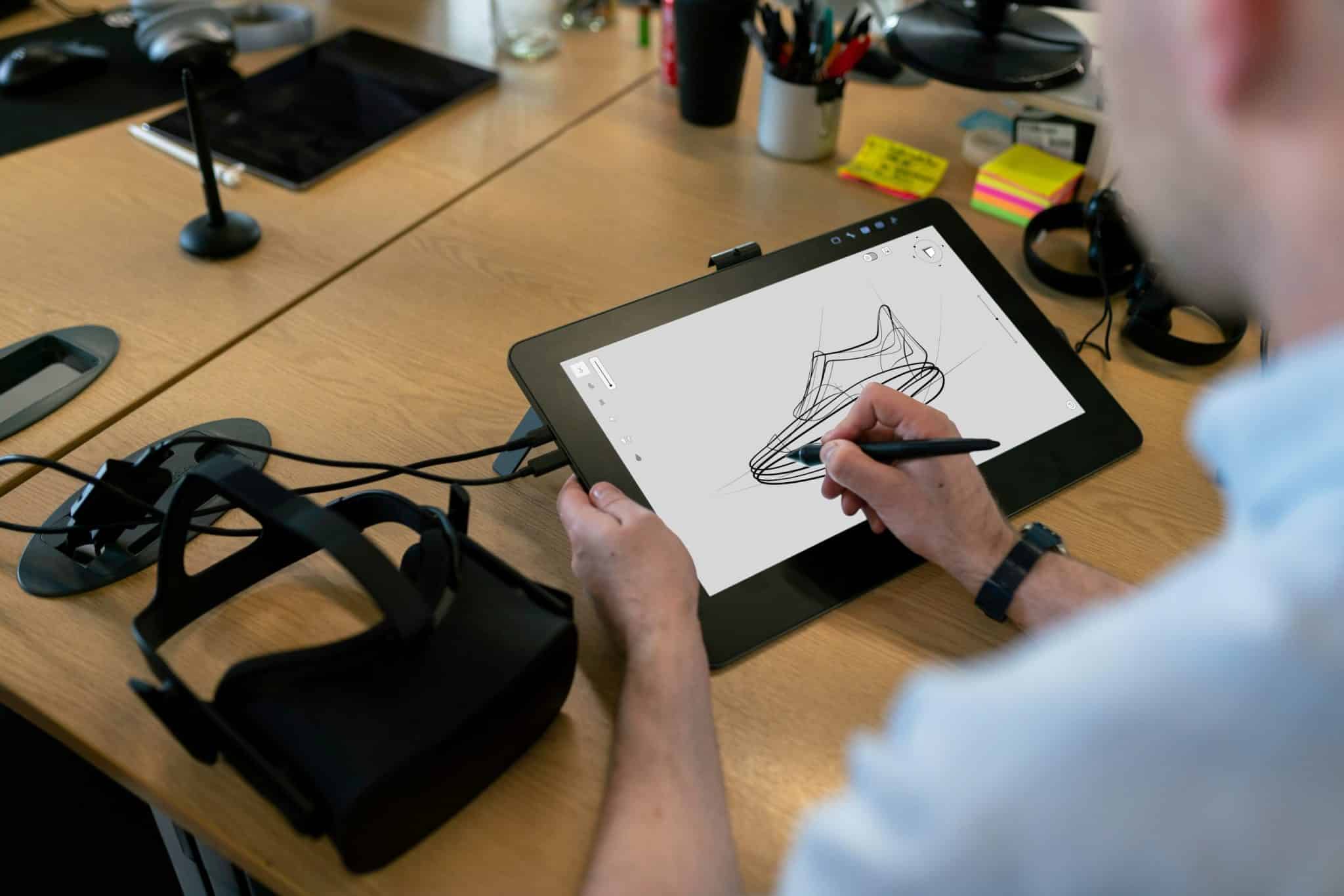Understanding the Impact of Virtual Reality Libraries
Welcome to the world of virtual reality libraries! With the rapid advancement of technology, virtual reality (VR) has become a buzzword in many industries. From gaming to education, VR has opened up doors to a whole new level of immersion and interaction. One of the most exciting applications of VR is in libraries, where it is revolutionizing the way we access and experience information. In this article, we will take an in-depth look at the impact of virtual reality on libraries and how it is shaping the future of education and research.
The Rise of Virtual Reality Libraries
Libraries have always been a hub for knowledge and learning. However, with the rise of digital media, physical books and resources have taken a backseat. This is where virtual reality comes in. By creating a simulated environment, VR allows users to experience information in a more engaging and interactive way.
Enhancing Learning and Research
One of the main benefits of virtual reality libraries is its ability to enhance the learning and research experience. Unlike traditional methods of accessing information, VR allows users to interact with the material in a more immersive way. For example, instead of just reading about ancient civilizations, users can now virtually walk through the streets of Rome and experience the society first-hand.
VR headsets also allow for a more personalized learning experience. With VR, users can choose what they want to focus on, skip over information that they already know, and revisit areas that require more attention. This caters to different learning styles and makes the research process more efficient.
Bringing History and Culture to Life
Another significant impact of virtual reality libraries is its ability to bring history and culture to life. With VR, users can explore ancient ruins, visit famous museums, and even attend historical events. This allows for a deeper understanding and appreciation of different cultures and eras.
VR also has the potential to bridge the gap between generations. For example, by recreating historical events in VR, younger generations can experience and learn about them in a more engaging way. This not only preserves the past but also makes it more relatable and relevant to modern times.
Making Education Accessible
Virtual reality libraries also have the potential to make education more accessible. By providing a virtual environment, VR allows users to access resources and information from anywhere in the world. This is especially beneficial for those who do not have access to physical libraries or have limitations that prevent them from visiting one.
Furthermore, VR can also cater to different learning abilities and disabilities. For example, those with visual impairments can use VR to experience information in a more interactive way, while those with learning difficulties can benefit from a more personalized learning experience. This makes education more inclusive and equitable for all.
The Challenges of Virtual Reality Libraries
Despite all its benefits, virtual reality libraries also come with its own set of challenges. One of the main challenges is the cost associated with creating and maintaining a virtual reality library. The technology and equipment required to develop a virtual environment can be expensive, making it a challenging option for smaller libraries with limited budgets.
Another challenge is the need for expert support and training. As virtual reality technology is still relatively new, there is a lack of expertise in creating and managing VR libraries. This means that libraries may have to invest in training and hiring professionals to develop and oversee the virtual environment.
The Future of Virtual Reality Libraries
Despite its challenges, the future of virtual reality libraries looks promising. As technology continues to advance and become more affordable, VR libraries are becoming more accessible to the masses. This means that more and more people will have access to a personalized and immersive learning experience.
Moreover, as the demand for VR in education increases, we can expect to see more developments in this field. This includes the creation of more specialized and interactive virtual environments, as well as the incorporation of other technologies, such as artificial intelligence, to enhance the VR experience further.
Conclusion
In conclusion, virtual reality libraries have the potential to transform the way we access and experience information. By creating a more engaging and immersive environment, VR allows for a more personalized and inclusive learning experience. With the rapid advancement of technology, we can expect to see more developments in this field, making VR libraries an essential tool in education and research. As they say, the only limit is our imagination!









